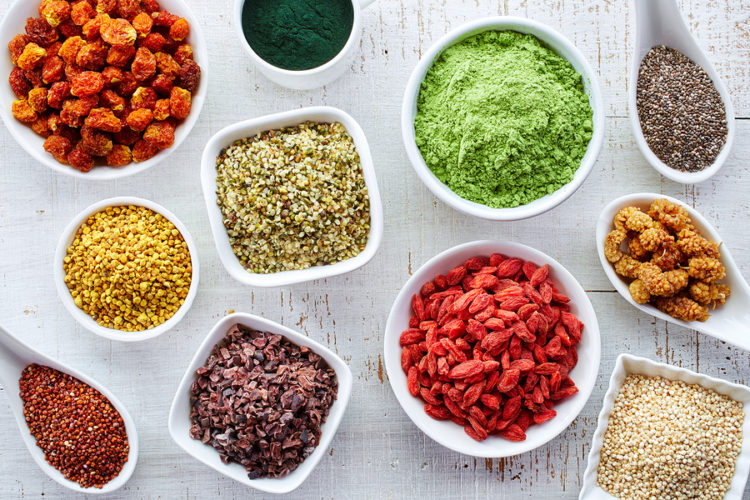
As population growth outpaces the world’s food supply, smart food manufacturers need to develop new protein sources out of plants, algae, and insects to rely less and less on livestock, according to CB Insights’ Feeding the Future report. By 2050, the global population will reach 9.6 billion people (we’re currently at 7.5 billion) and available calories need to increase by 69%.
Some food manufacturers are already investing in protein alternatives. Beyond Meat is one of them. The company’s flagship product, The Beyond Burger, is made entirely of plant-based materials, with pea protein topping the ingredients list. Algama uses microalgae, including spirulina and chlorella, to create high-protein food and beverages. And, of course, the alternative protein conversation isn’t complete without mentioning insects. Exo makes protein bars out of cricket “flour.”
Consumers drive the growing trend, too. The U.S. plant-based foods industry topped $5 billion in annual sales last year. Over a third of U.S. consumers say they eat protein alternatives because they occasionally like to eat meat-free, says a recent Mintel report. Health conscious consumers are also turning to plant-based protein for red meat alternatives and for environmental reasons.
Naturally, major food manufacturers are taking notice, investing in plant-based protein startups and companies. In October 2016, Tyson Foods bought a 5% stake in Beyond Meat. Tom Hayes, CEO of Tyson Foods, says, “Plant-based protein is growing almost, at this point, a little faster than animal-based, so I think the migration may continue in that direction.”
And this year, 301C, General Mills’ business development arm, invested in D’s Naturals, a food startup that manufactures plant-based protein bars free of dairy, soy, and gluten.
So how do food manufacturers know if jumping on the alternative protein train is worth it? Considering the global population show no signs of slowing, adopting alternative proteins just makes sense.







